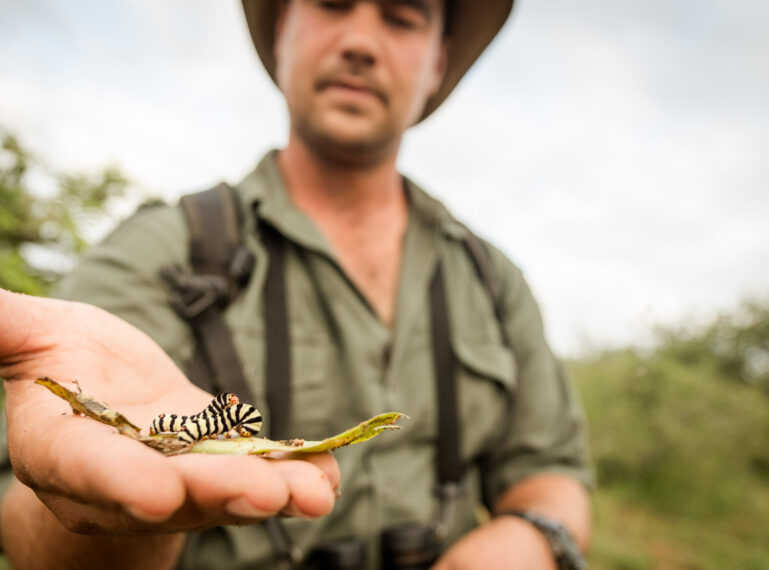
While the Big 5 are spectacular to see, there are many more wonders, great and small, to marvel at in the African bushveld. From the architectural marvels of termite mounds and the complexity of their colonies to the celestial navigation of dung beetles. The more time you spend in the wilderness, the deeper you are drawn into these intricate ecosystems where each and every creature has an extraordinary story.
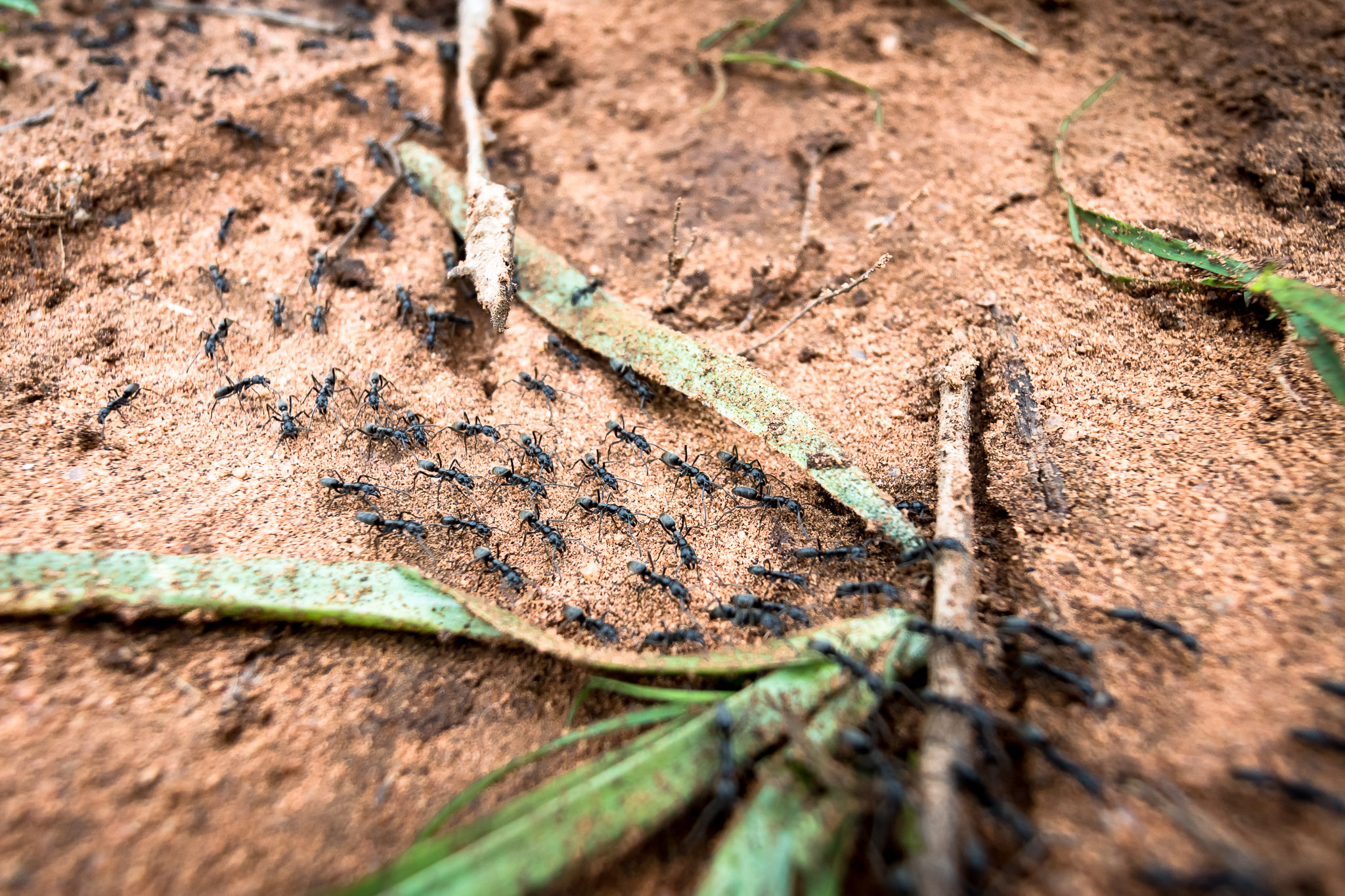 Size doesn’t matter
Size doesn’t matter
Living inside the swollen thorns of acacia trees are ants known as acacia ants. These tiny but mighty creatures protect the trees from herbivores by aggressively attacking them. They are so fierce that even an elephant will think twice before munching on these iconic African trees. They swarm onto the offending animal and bite them until it drives them away. Not only do they protect the tree from animals but they are able to identify and remove fungal growth before it damages the tree. The ants patrol the entire tree constantly and will remove any foreign plant material that lands on their tree as well as clear away seeds from other plants that try to germinate near the tree. They are the ultimate, live-in security defence force.
If you have travelled in the African bush, you will have seen these impressive, sculptural mounds rising from the earth. Termite colonies are one of the most complex microcosms in Africa. They master engineer their mounds with ingenious ventilation systems and are sometimes even built with North/South orientation to regulate heat. Their mounds are built to withstand heavy rains and are sturdy enough to survive floods. Termites have their own intricate caste system. From workers to soldiers, and a queen who can lay up to 30,000 eggs per day. Some species even cultivate their own fungus gardens underground, creating a complex symbiotic relationship that has evolved over millions of years. The temperature regulation of their mounds provides the perfect conditions for fungus growth, they feed plant matter to the fungus who breaks down the cellulose that the termites can’t digest. Some termites even farm their own food.
The Eastgate Centre in Harare, Zimbabwe, designed by architect Mick Pearce is a fantastic example of biomimicry. The building mimics how a termite mound maintains stable temperatures.There is even ongoing research into new building materials based on termite cement, agricultural systems based on termite soil management as well as sustainable urban planning inspired by termite colony organization. Nature is our greatest teacher and it only makes sense to utilise the intelligence of nature in design. One of the early examples of biomimicry was the study of birds to enable human flight. The Wright brothers allegedly derived inspiration from observations of pigeons in flight.
On the topic of termites and ants, the secretive and shy pangolin helps to control insect populations.
Pangolins are the only mammals completely covered in scales. When threatened they roll into a ball that not even a lion can pry open. They are able to swim and are even able to close their nostrils and ears underwater.
Their scales are made of keratin (the same stuff as fingernails) and are what makes them highly-prized by poachers. These quiet, reclusive creatures are the most trafficked animal in the world and are therefore, highly endangered. They are nature’s gardeners, their foraging helps mix soil layers and also aerates soil. Have you ever been lucky enough to spot on of these secretive and shy creatures on safari?
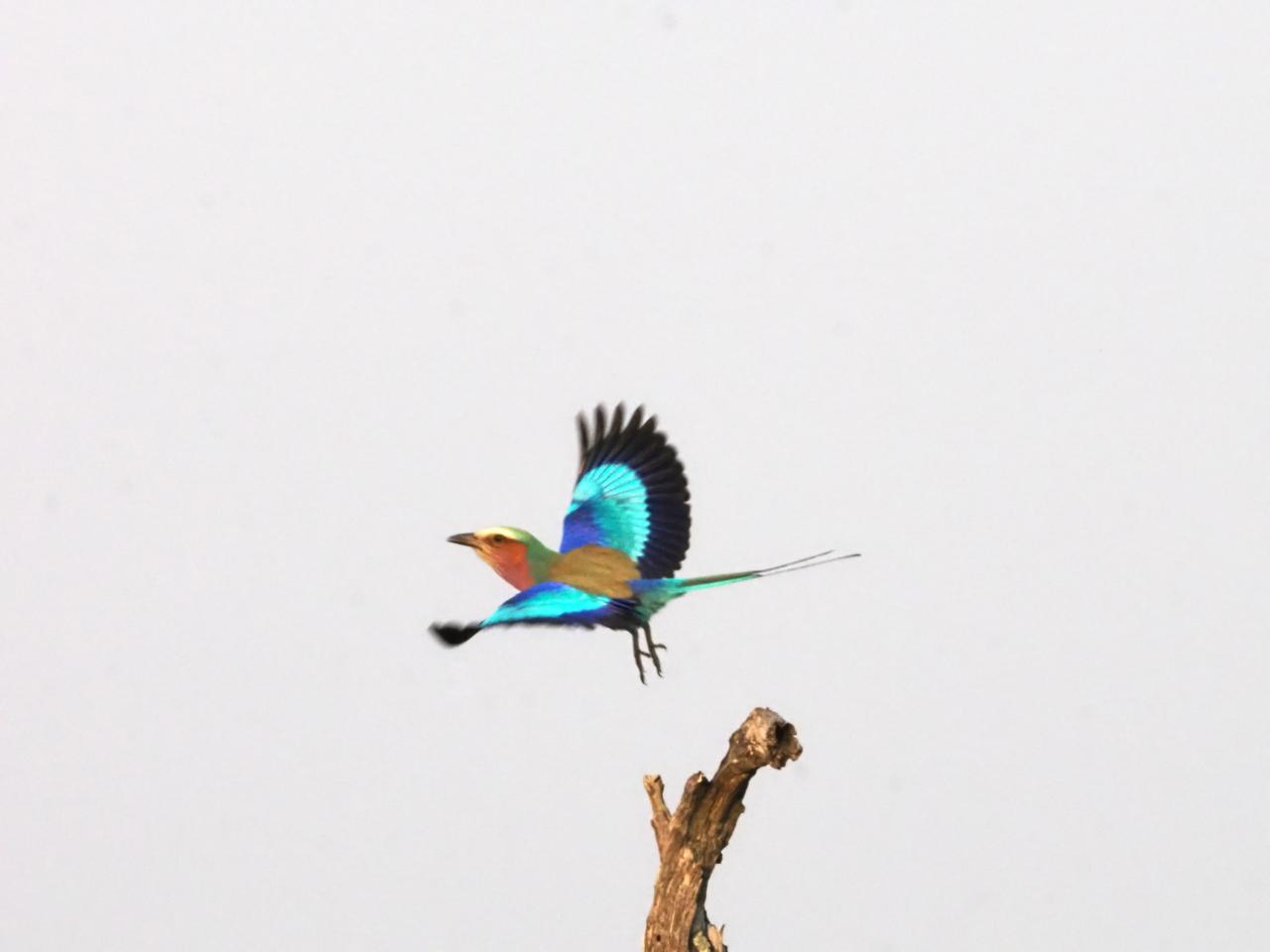 Twitchers feet
Twitchers feet
Once bitten by the safari bug, you are forever hooked. Africa has a way of seeping into your soul. The vast landscapes, the untamed wilderness, the dramatic skies, and the feeling of awe that arises when out in the bush. Not to mention, the abundance of wildlife and birdlife. A natural occurrence that tends to happen over time is that eventually the endless variety of birdlife will capture your attention. No avid safari-goer is spared from twitcher’s feet. From the shivers the distinct cry of the fish eagle sends down your spine, or watching the charismatic ground hornbill hop around while you sip on a coffee, or perhaps it is witnessing the the remarkable snake-hunting prowess of the Secretary Bird as he saunters by in his formal attire, it is easy to understand why the fascinating world of over 500 bird species becomes a wonder to dive into.
Get acquainted with the birds of Southern Africa in time for your next safari. Explore more here.
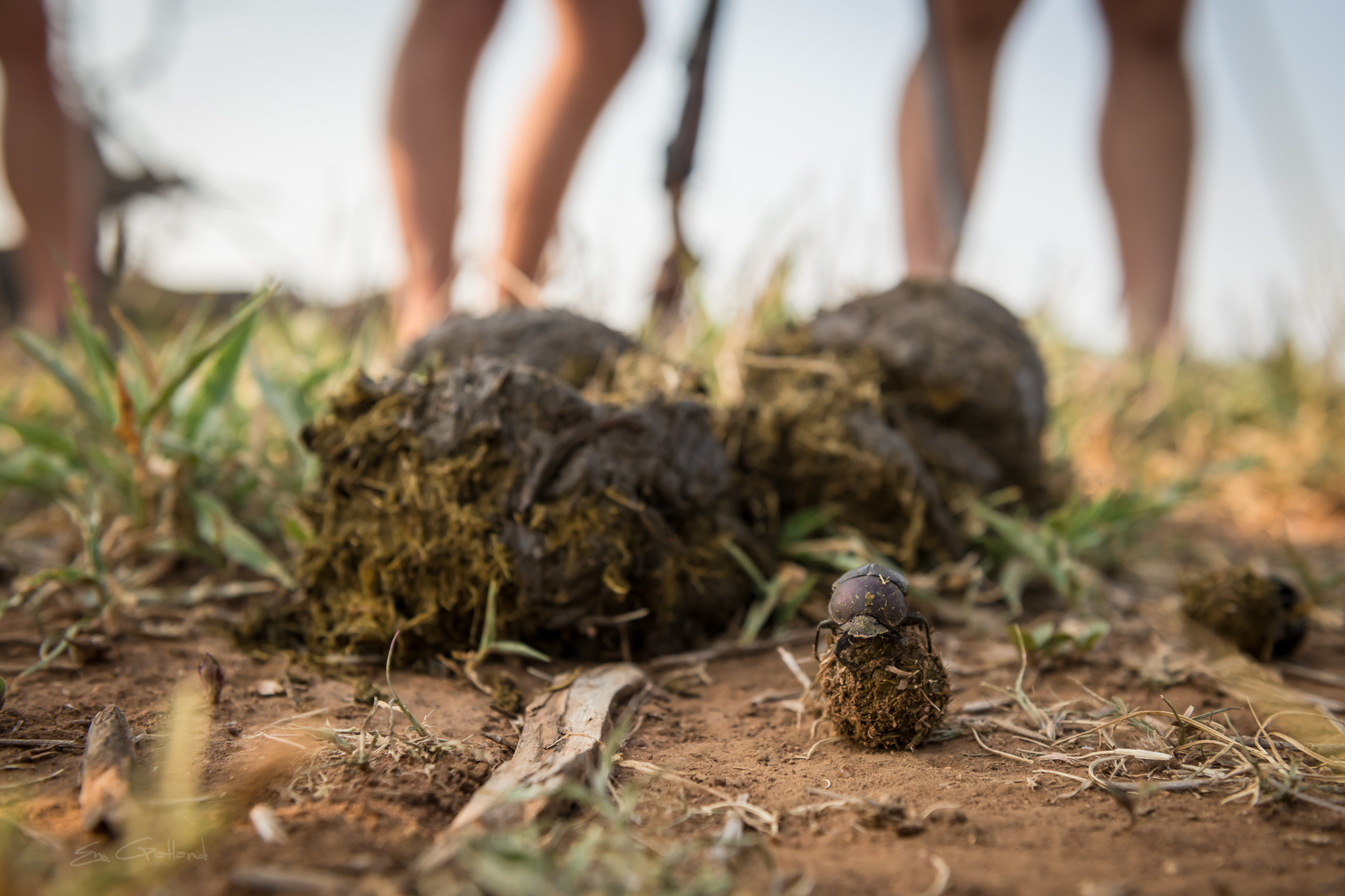 The world of dung beetles is another fascinating one. Putting body builders to shame, dung beetles can push dung balls that weigh up to 1,141 times their body weight. Elephants produce up to 150kg of dung per day and dung beetles are mega contenders when it comes to cleaning up after larger herbivores. These scarab-like insects work in male-female pairs to create perfect spheres of dung. Remarkably, these fascinating beetles navigate using the stars. They are the only known insects that use the Milky Way for orientation.
The world of dung beetles is another fascinating one. Putting body builders to shame, dung beetles can push dung balls that weigh up to 1,141 times their body weight. Elephants produce up to 150kg of dung per day and dung beetles are mega contenders when it comes to cleaning up after larger herbivores. These scarab-like insects work in male-female pairs to create perfect spheres of dung. Remarkably, these fascinating beetles navigate using the stars. They are the only known insects that use the Milky Way for orientation.
This pretty arachnid, the Lobed Argiope, is an orb-wearing spider. They create distinctive zig-zag patterns called stabilimenta in their webs. It is highly visible and said to deter birds from flying through the web as well as attracting prey. It also camouflages the spider from predators.
It is only when walking with a skilled and knowledgeable guide when one might encounter this secretive spider. Trap-door spiders create perfectly camouflaged, hinged burrows. They will go as far as adding soil and vegetation from the surrounding vegetation so that it is perfectly hidden. Their burrows are architectural masterpieces complete with silk lined walls which not only sounds lush but waterproofs the burrow and prevents it from collapse. Vibrations and traplines alert the spider when prey is near. The spider waits holding the door slightly open and ambushes the prey in a lightning-fast attack. Trap-door spiders are pretty territorial and some use the same trapdoor their entire lives, which for a female can be up to 20 years.
Encounter these remarkable creatures and more on a walking safari through the African bush. Slowing down to explore the marvellous microscopic worlds that exist with the wilderness.
Africa on Foot Wilderness Trails offer an immersive 3 day walking safari through a wildlife-rich region of the Greater Kruger. Sleep beneath the stars in unique satellite camps set up each night.
Africa on Foot offer a morning walking safari while Chacma Bush Camp and Umkumbe Safari Lodge offer bush walks from camp.
For more information connect with our reservations team directly on reservations@sundestinations.co.za
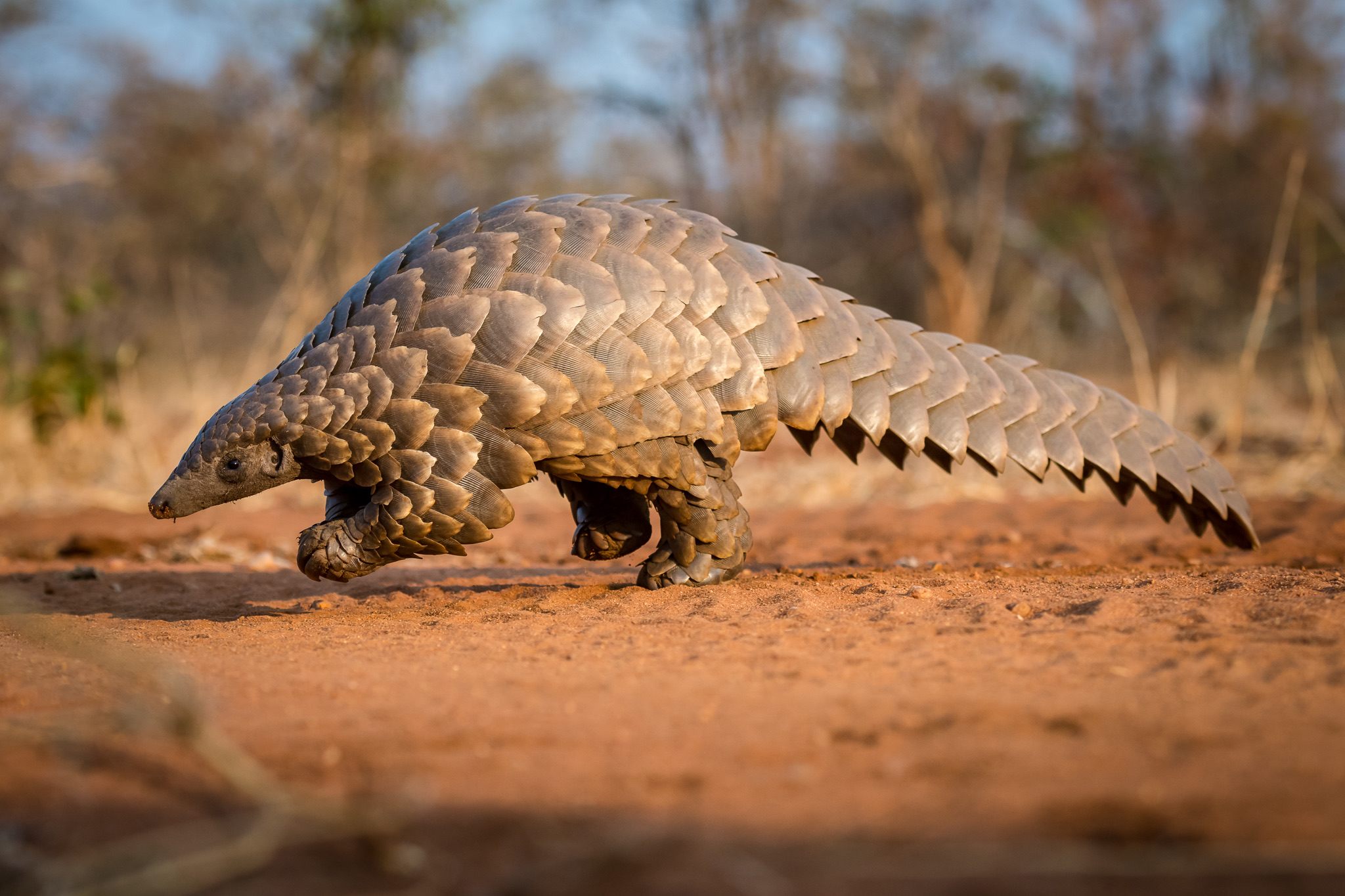
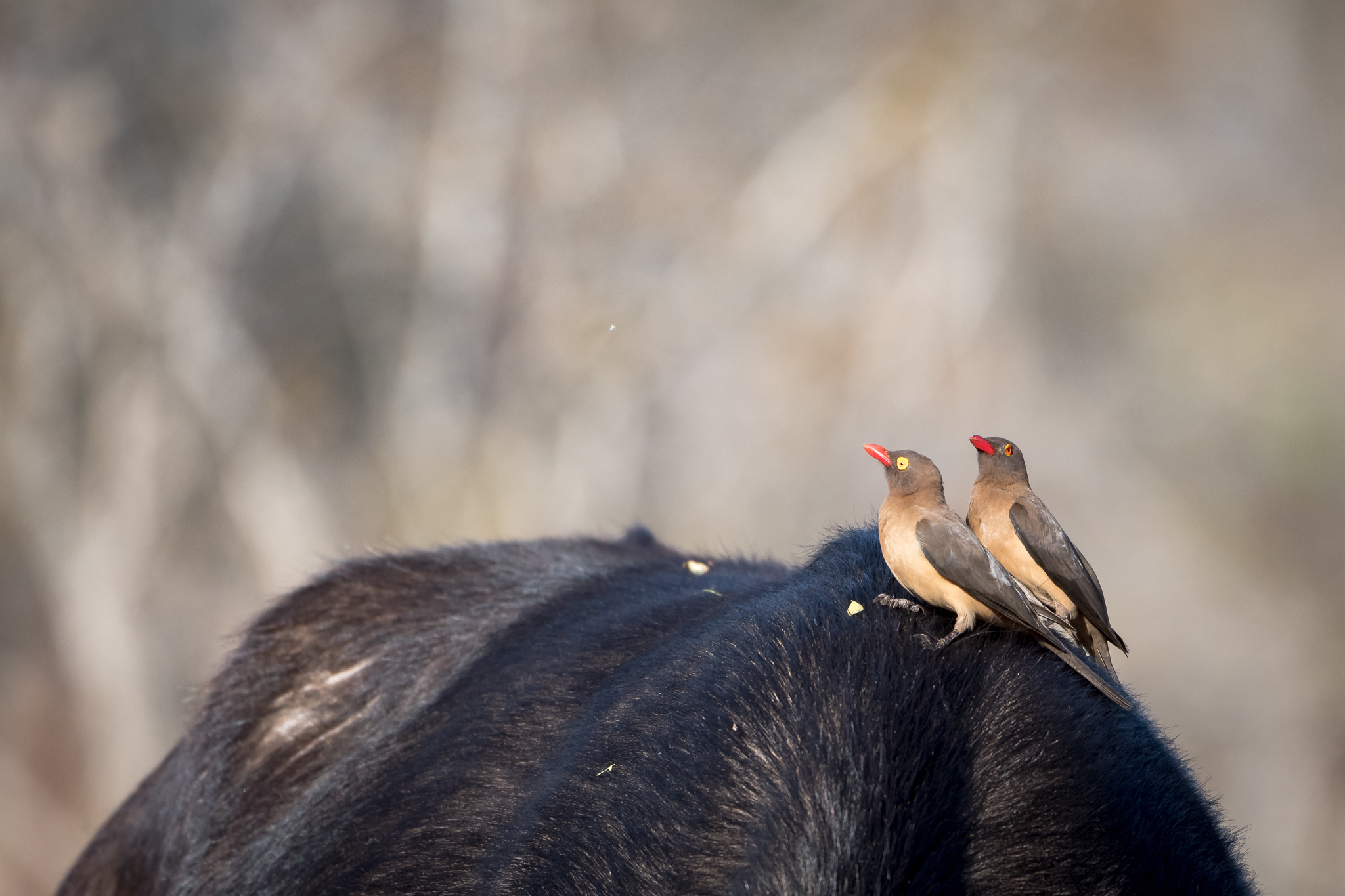
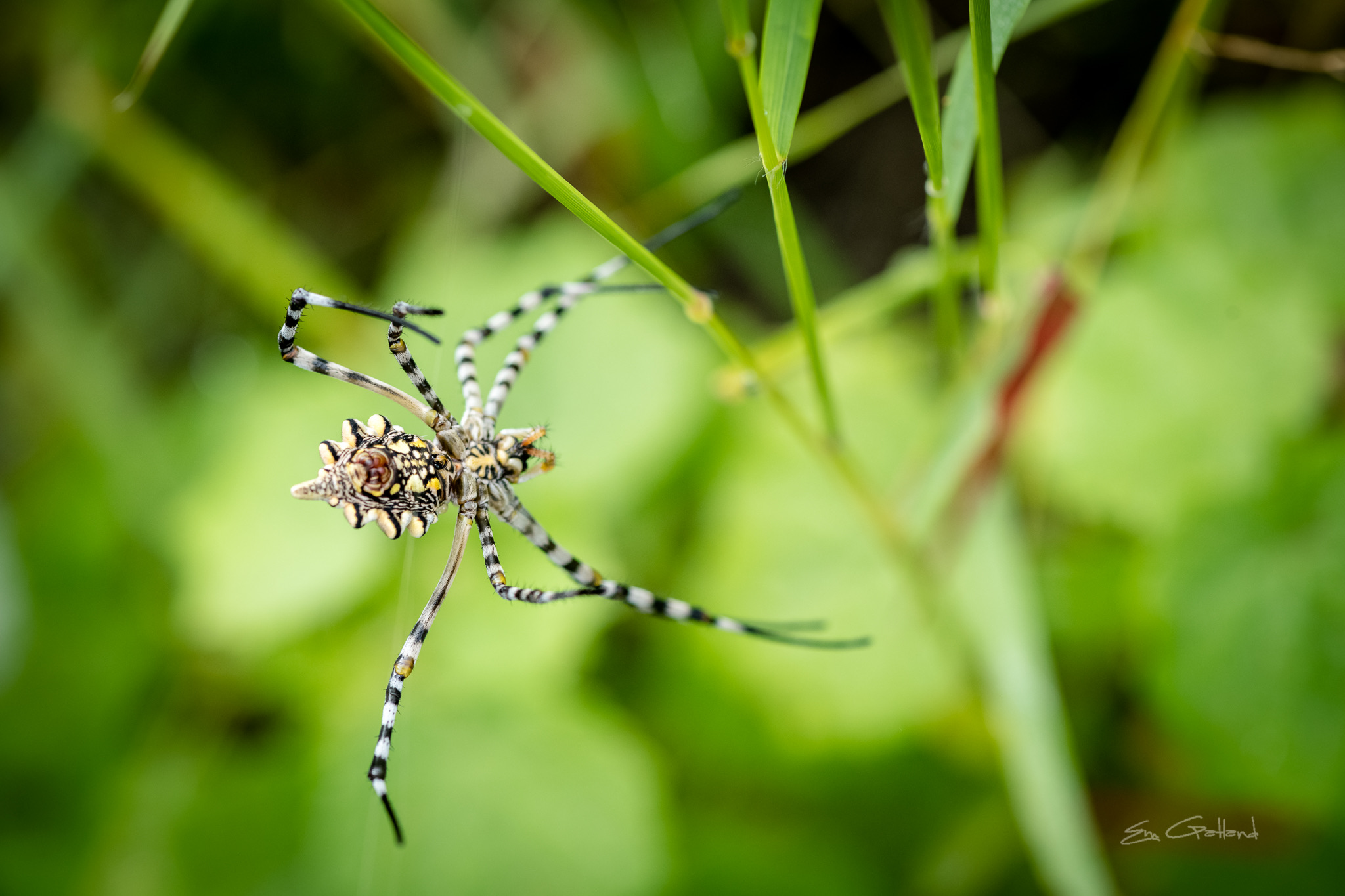
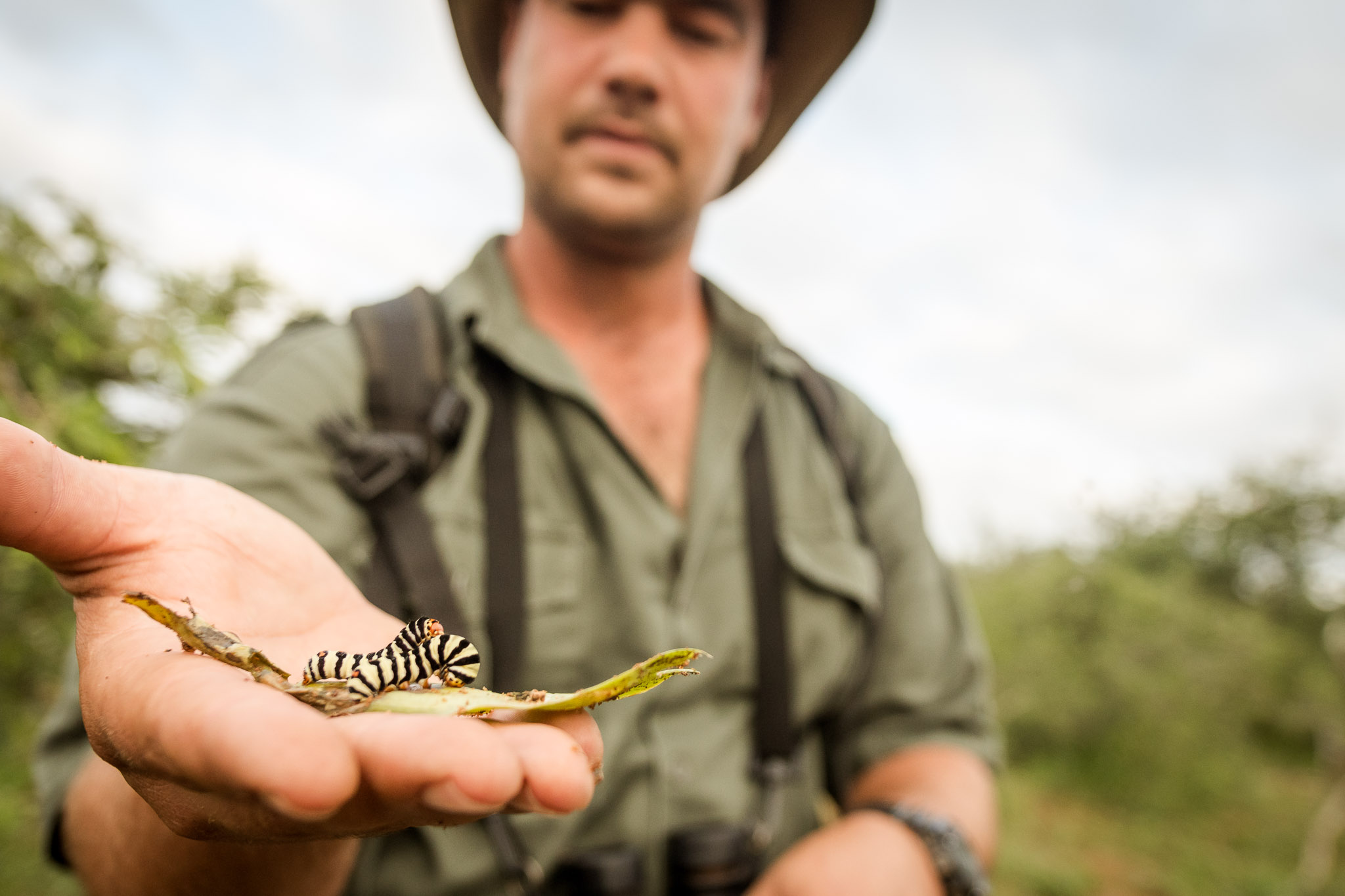
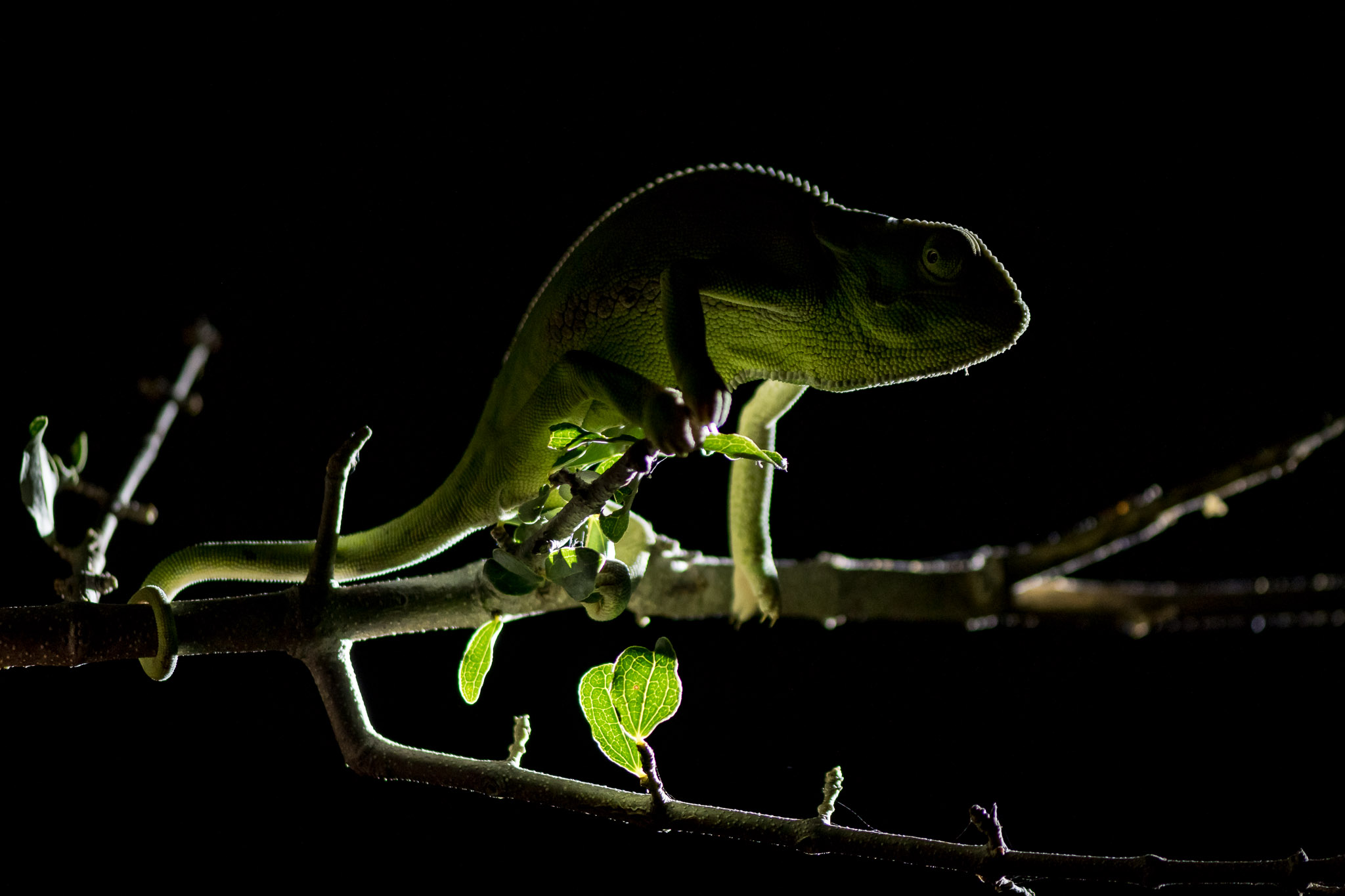
Leave a Comment